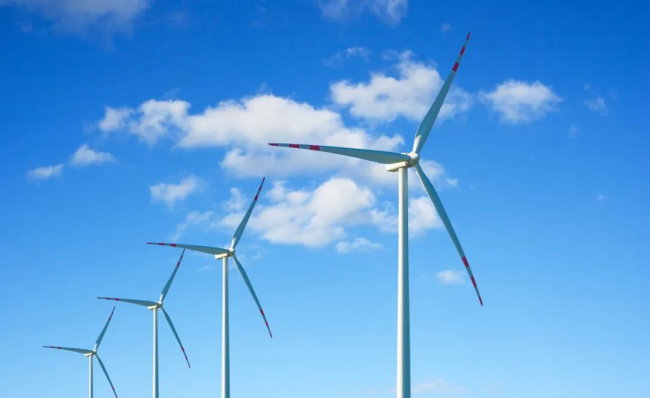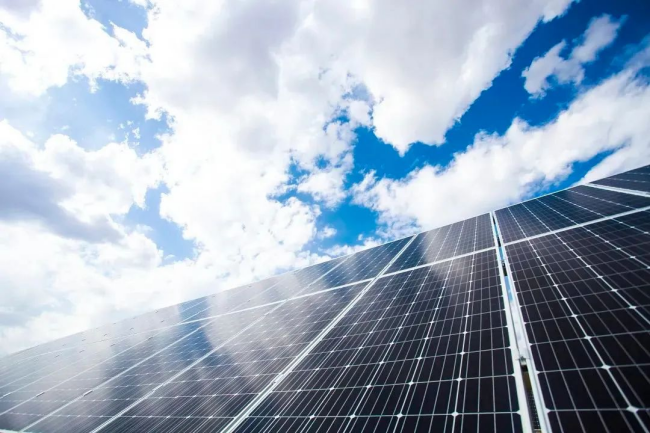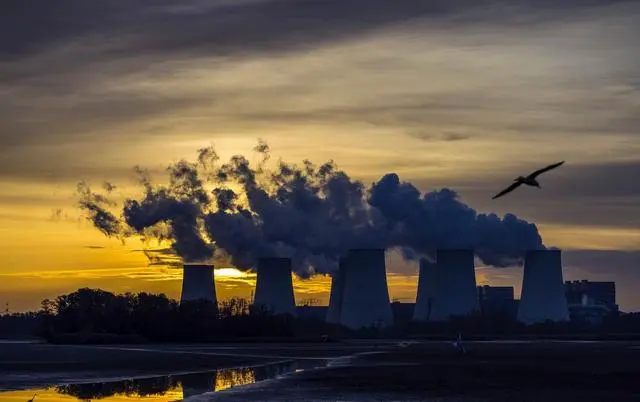Renewable energy power generation PPA projects in Europe are generally called for public bidding by government regulators, which allow power generation companies to sign long-term power purchase agreements with power consumers, and set their own prices based on the spot market price of electricity and remain unchanged during the agreement period. It is an important way for Europe's energy transition.
In 2022, the long-term power purchase agreement (PPA) market for renewable energy generation in Europe will continue to be turbulent. Not only did the bidding price of the project rise, but the annual average price rose by nearly 50%. The number and scale of project contracts have also declined significantly, showing a sluggish development trend.
It is understood that PPA projects for renewable energy power generation in Europe are generally publicly called for by government regulatory agencies, which allow power generation companies to sign long-term power purchase agreements with power consumers, and set their own prices based on the spot market price of electricity and remain unchanged during the agreement period. It is an important way for Europe's energy transition. In the case of soaring prices, the development of the European PPA market is facing obstacles.

Quotation increased by nearly 50% year-on-year
According to the latest data released by the consulting service company LevelTen Energy, in the fourth quarter of 2022, the price of European renewable energy power generation PPA projects is 91 euros/MWh, an increase of 3% compared with the third quarter of 2022. In 2022, the price of European renewable energy power generation PPA projects will increase by nearly 50% compared with 2021.
Specifically, in the fourth quarter of 2022, the price of European photovoltaic power generation PPA projects reached 76.84 euros/MWh, an increase of 11.4% month-on-month and a year-on-year increase of 60%, a record high. Among them, the UK and Italy increased by more than 30%, which is the country with the largest increase in the price of photovoltaic power generation PPA projects among European countries. In the third quarter of 2022, the price of wind power PPA projects reached 78.5 euros/MWh, an increase of 8% from the previous quarter. The agency has not announced the price of wind power PPA projects in the fourth quarter of 2022.
According to the information released by the European Wind Energy Association, in 2022, the investment in the European wind power industry declined severely, and the order scale of wind turbines was only 9 GW, a year-on-year decrease of 47%. In the first 11 months of 2022, Europe attracted a total of about 12 GW of wind farm investment, which is far from the target of 30 GW/year.
Data released by Swiss energy consultancy Pexapark also showed the turmoil in the European renewable energy PPA market. In 2022, the total scale of renewable energy power generation PPA projects signed by energy companies in Europe is about 8.4 GW, a decrease of 21% compared to 2021. The number of PPA projects is 161, a year-on-year increase of 4.5%. This means that the average single project scale has declined significantly, and the scale advantage of centralized ground power stations is difficult to show. In addition, in terms of price, the price of PPA projects for renewable energy power generation in Europe fluctuates by 230% within a year.
Unscientific regulation exacerbates market turmoil
Luca Pedretti, director of operations at Pexapark, pointed out that under the influence of geopolitics, inflation and other factors, the energy crisis in Europe has intensified. As the main form of renewable energy power generation project development in Europe, PAA is the key to solving the problem of energy shortage in Europe. However, regardless of price or scale, the development of European renewable energy power generation PPA projects is facing greater resistance.
Industry insiders believe that the unscientific regulatory policies of European governments have directly exacerbated the price fluctuations of PPA projects, leading to an increasingly serious imbalance in the European renewable energy power generation market.
Christian Rand, a senior European analyst at LevelTen Energy, said that European governments continue to lower the price ceiling of PPA projects for renewable energy power generation, which seriously affects the willingness of enterprises to invest and increases market investment risks.
Take the United Kingdom as an example. In February 2022, the British government revised the contract for difference mechanism, intending to increase subsidies for renewable energy power generation projects, promote the increase in the installed capacity of renewable energy power generation, and promote energy transformation. In addition, last year, the photovoltaic power generation project was once again included in the bidding list of the country's public utility projects by the British government after an absence of 7 years. Judging from the results, the tender for public utility projects in the UK is impressive. A total of 93 clean energy projects with a total scale of 11 GW won the bid, including 66 photovoltaic power generation projects with an installed capacity of 2.2 GW.
LevelTen energy company has warned that the government's use of public utility tenders to promote the installation of clean energy projects is not a positive sign. This means that larger-scale products will be booked, and the inventory of equipment available for energy companies to purchase in the market will decrease, thereby pushing up product prices to a certain extent. The development of some winning projects and distributed renewable energy power generation projects may be delayed or put on hold. At the same time, the PPA bidding price of energy companies has been affected by product prices, which has led to an increase in the PPA bidding price.

Policy adjustment is imminent
The European Wind Energy Association bluntly stated that European governments are trying to intervene in industry and market development. Not only did it fail to stimulate the vitality of the market, but it also discouraged investors.
Placido Ostos, a senior European analyst at LevelTen Energy, pointed out that under the current market environment, European governments may continue to introduce some harmful policies in the future. In order to reduce investment risks, energy companies will increase the bidding price of PPA projects , leading to a continuous increase in the winning price of PPA. The more stable the price of PPA projects, the higher the market demand will be. Otherwise, investment in energy companies will be restrained, and the number of bids may be further reduced.
At the end of January 2023, the European Commission publicly solicited public opinions on the reform of the EU electricity market, hoping to absorb constructive opinions, prevent consumers from being excluded due to high green electricity prices, and accelerate energy transformation. The European Commission will submit a new proposal in March.
Foreign media quoted sources as saying that PPA will still be the focus of policy research by the European Commission, and they still hope to ensure that consumers use low-cost green electricity through the implementation of PPA. In addition, European governments also need to consider how to allow bid winners to fulfill their PPA project construction and power generation obligations on time under greater market pressure, so as to avoid project delays and shelving.
Giles Dixon, CEO of the European Wind Energy Association, said that in order to achieve energy transition and solve the energy crisis, European countries need to attract renewable energy investment, improve relevant policy mechanisms as soon as possible, and give enterprises a clear signal.
